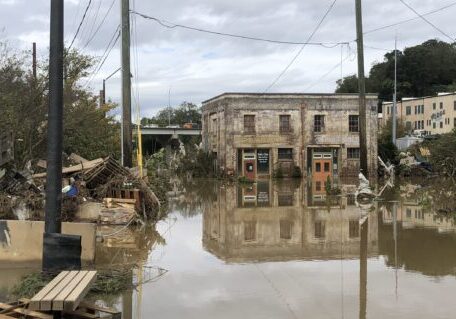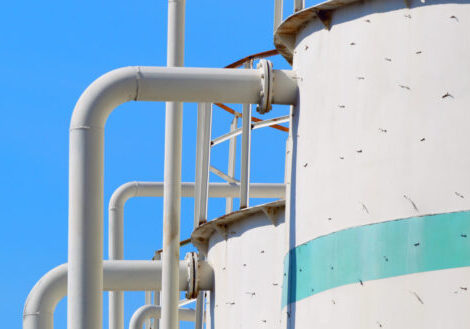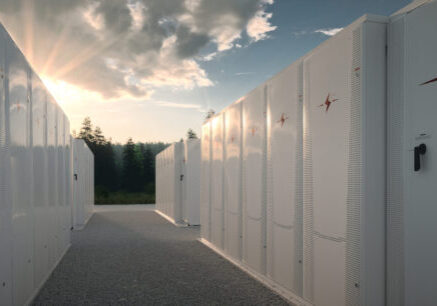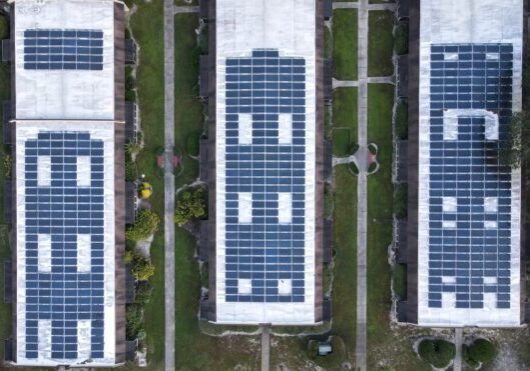December 6, 2023
The Market for Solar+Storage is Better Than Ever – But Communities Still Need Support to Access It
By Anna Adamsson
Local restaurants in New Orleans serve as neighborhood resilience hubs and cooling centers during power outages and disaster recovery. An off-grid home in the Navajo Nation powers its critical loads with solar and battery storage. A California nonprofit seeking to end unsheltered homelessness explores how it can incorporate resilient power into ‘pop-up’ shelters.
Partners from each of these projects participated in Clean Energy Group’s recent webinar, Building the Foundation for Energy Resilient Communities, to share their experiences and the importance of resilient power for their communities.

Each of these communities are installing solar and battery storage (solar+storage) to improve local resilience. To install solar+storage, each of these projects needed to secure the necessary funding. But a pre-requisite to apply for funding is knowing what you need.
To fundraise, apply for grants, secure a loan, or seek other financing avenues, communities need to first establish the size and scope of the proposed solar+storage project. How many kilowatt-hours of storage are needed to support the facility’s critical loads? How many hours of backup power does the facility want? Where can the facility site a solar array? And critically, how much will this solar+storage system cost?
Without access to pre-development funding and technical support, these types of questions can be difficult for a community organization to answer. CEG’s Technical Assistance Fund (TAF) was created to meet this critical resource gap. In 2022, the TAF provided pre-development support to 21 projects, including these projects in New Orleans, California, and the Navajo Nation. Through the TAF, community partners across the country receive dedicated one-on-one support and work with an experienced engineer to develop a comprehensive solar+storage techno-economic feasibility assessment for their facility. CEG funds the creation of the report, which becomes the property of the community.
Having access to trusted technical experts to talk through a facility’s resilient power needs is important. In 2022, 28 percent of TAF awardees came in with little to no knowledge of solar or battery storage, and do not have dedicated staff time to delve into the topic. By participating in the TAF, awardees are equipped with easy to understand, site-specific information they need to pursue next steps in project development, such as leveraging this information to obtain funding and/or financing for project implementation. CEG recently released its Technical Assistance Fund annual impact report, which further reflects on the program’s projects, partnerships, and lessons learned.
The TAF model is now being replicated in other states and networks. The Washington Department of Commerce launched a similar technical assistance program for projects seeking planning assistance. The Maryland Energy Administration also provides funding for feasibility studies and pre-construction activities. Federally qualified health clinics across the country can connect with the CHARGE partnership, which offers solar+storage education, assessment, design, installation, and financing options.
But even with these and other programs, the need for early-stage support outpaces available opportunities, especially in areas with little or no state-administered support. From 2022 to 2023, CEG saw a 25% increase in applications from community organizations. Over this same period, funding for the Technical Assistance Fund has remained stable but has not grown.
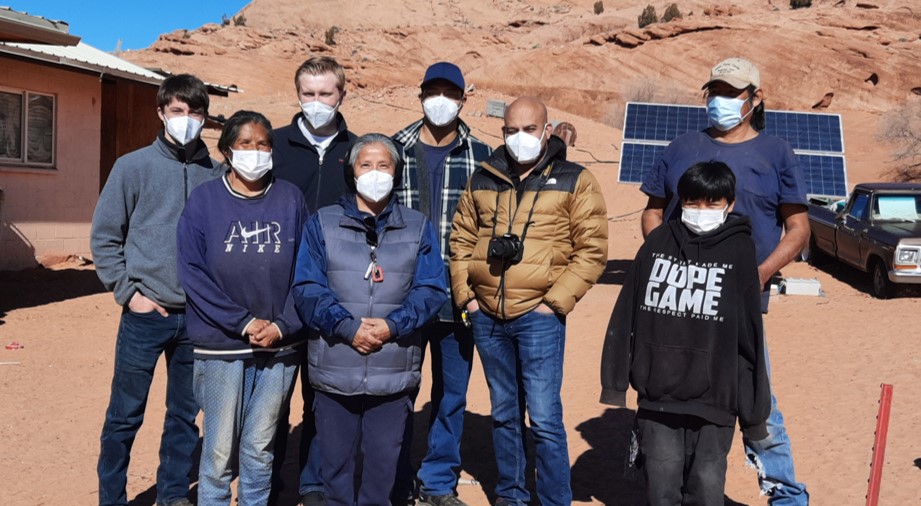
Demand for early-stage technical assistance support is expected to continue to rise as communities become increasingly vulnerable to climate disasters and an aging power grid. Not only that, but the economics of installing solar+storage are better than ever before. With the passing of the Inflation Reduction Act in 2022, solar+storage projects can now receive back at least 30 percent and up to 70 percent of project costs. Both tax-liable and tax-exempt entities can reap this benefit through the Investment Tax Credit (ITC).
For the 100+ organizations supported by CEG’s TAF over the past decade, over half could now qualify for 40 percent or more in credits. Twelve percent of TAF-supported projects could be eligible for at least 50 percent in credits.
The ITC improves the economics of potential solar+storage projects. Before the update and expansion to the ITC came into effect in 2023, 35 percent of projects that participated in the TAF cited economic infeasibility as the project’s primary barrier to reach development. Nearly 60 percent of projects anticipated that the economics or financing of the system’s installation would be one of the project’s top two barriers to development. The ITC is a financial game changer for solar+storage projects that will mean more proposed projects actually are installed.
To access the ITC, community service providers like those featured in CEG’s recent webinar will still need pre-development support through programs like the TAF. These programs supply projects with the critical early-stage information and resources they need to move forward through project development and install community-led, locally cited solar and battery storage.





